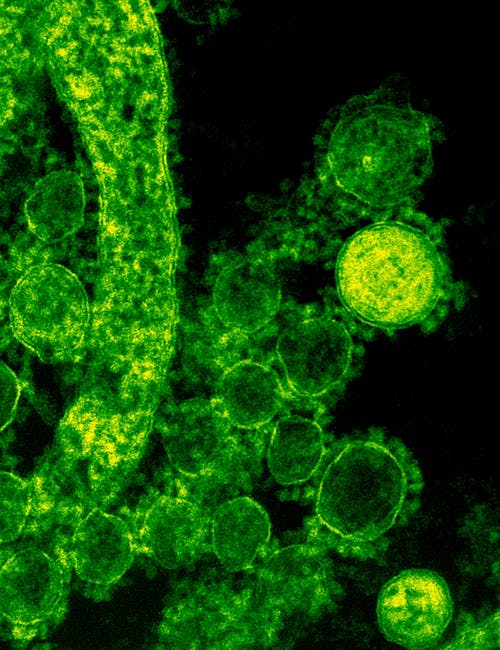
Imagine a high-stakes battle unfolding right inside your lungs, a microscopic drama where the most precious resource is iron. It’s not just a mineral; it’s the very currency of life, essential for everything from oxygen transport in your blood to cellular metabolism. And lung bacteria? They know this. In a cunning display of microbial ingenuity, these tiny invaders have mastered the art of the ‘microscopic heist,’ forging specialized weapons to snatch vital iron from their human hosts and ensure their own survival.
For us, iron is critical for enzymes, DNA synthesis, and especially for hemoglobin, the molecule that carries oxygen. But for bacteria, iron is equally indispensable. Without it, they can’t grow, reproduce, or establish a foothold for infection. The problem for them is that our bodies, in a brilliant defensive strategy, keep most of our iron locked away, bound tightly to proteins like transferrin and lactoferrin, making it largely inaccessible to pathogens. This is where the bacterial ‘forgery’ comes in.
To overcome this iron scarcity, lung bacteria deploy a sophisticated arsenal of ‘weapons’ or virulence factors. The most famous of these are **siderophores**. Think of siderophores as microscopic, highly specialized grappling hooks. These small molecules are secreted by bacteria, boasting an incredibly high affinity for iron – an affinity often far greater than our own iron-binding proteins. Once released, siderophores scavenge iron from its host-bound fortresses, effectively ripping it away. The bacteria then have specific receptors on their surfaces to retrieve the iron-laden siderophore, pulling the stolen goods back into their cells.
But the heist doesn’t stop there. Some bacteria employ even more aggressive tactics. Certain lung pathogens produce **hemolysins** or other toxins that can burst open host cells, like red blood cells or tissue cells, releasing their iron stores for easy pickings. Others have evolved direct **iron-binding receptors** on their outer membranes, allowing them to directly snatch iron from host proteins like transferrin or heme, bypassing the need for siderophores altogether. It’s a full-scale assault designed for maximum pilfering.
This relentless pursuit and acquisition of iron is a cornerstone of bacterial survival and pathogenicity. Bacteria with efficient iron-stealing mechanisms are often more virulent, better able to establish infections, evade our immune responses, and even develop resistance to antibiotics. When they get the iron they need, they multiply rapidly, forming biofilms and exacerbating respiratory conditions.
Understanding this microscopic iron war is paramount for developing new therapeutic strategies. Instead of just focusing on killing bacteria, scientists are now exploring ways to disarm them by blocking their iron-acquisition pathways. Imagine a future where we can prevent infections not by antibiotics, but by simply cutting off the invaders’ vital iron supply, turning their ‘microscopic heist’ into a failed mission. The battle for iron continues, but with every new discovery, we gain a deeper insight into this hidden struggle that dictates health and disease within our very lungs.
